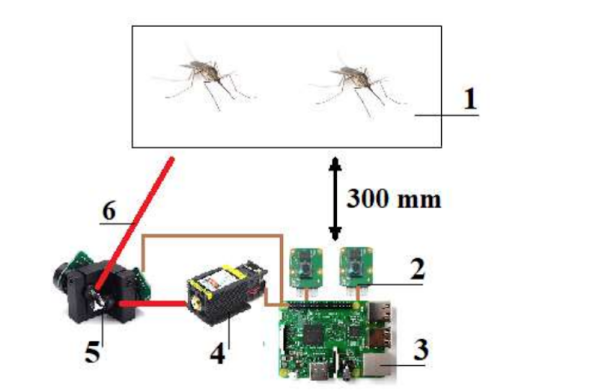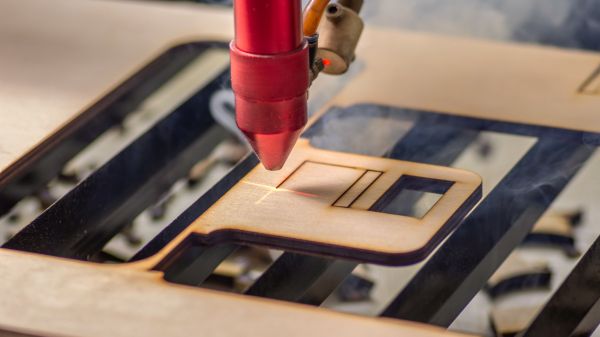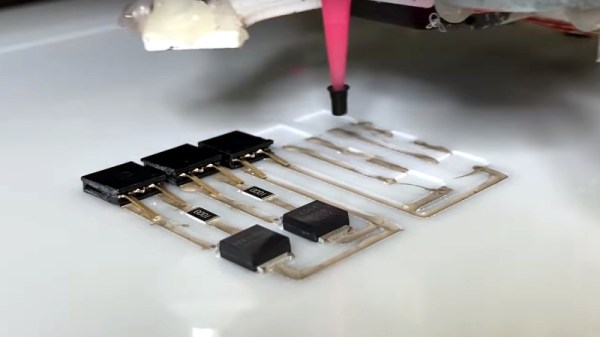Join us on Wednesday, March 3 at noon Pacific for the Putting Lasers to Work Hack Chat with Jonathan Schwartz!
Laser cutting equipment runs the gamut in terms of cost, with low-end, almost disposable units that can be had for a song to high-power fiber lasers that only big businesses can afford. But the market has changed dramatically over the years, and there’s now a sweet-spot of affordable laser cutters that can really do some work. And while plenty of hobbyists have taken the plunge and added such a laser cutter to their shops, still others have looked at these versatile tools and realized that a business can be built around them.
For the next Hack Chat, we’ll be sitting down with Jonathan Schwartz. He started with laser cutters at his maker space, and quickly became the “laser guy” everyone turned to for answers. With about 10 years of experience, Jon set up American Laser Cutter in Los Angeles, to provide bespoke laser engraving and cutting services. He has built a business around mid-range laser cutters, and he’s ready to share what he’s learned. Join us as we talk about the machines, the materials, and the services that are part of a laser cutting business, and find out some of the tricks of the laser-jockey’s trade.
 Our Hack Chats are live community events in the Hackaday.io Hack Chat group messaging. This week we’ll be sitting down on Wednesday, March 3 at 12:00 PM Pacific time. If time zones have you tied up, we have a handy time zone converter.
Our Hack Chats are live community events in the Hackaday.io Hack Chat group messaging. This week we’ll be sitting down on Wednesday, March 3 at 12:00 PM Pacific time. If time zones have you tied up, we have a handy time zone converter.
Click that speech bubble to the right, and you’ll be taken directly to the Hack Chat group on Hackaday.io. You don’t have to wait until Wednesday; join whenever you want and you can see what the community is talking about.
Continue reading “Putting Lasers To Work Hack Chat” →



















